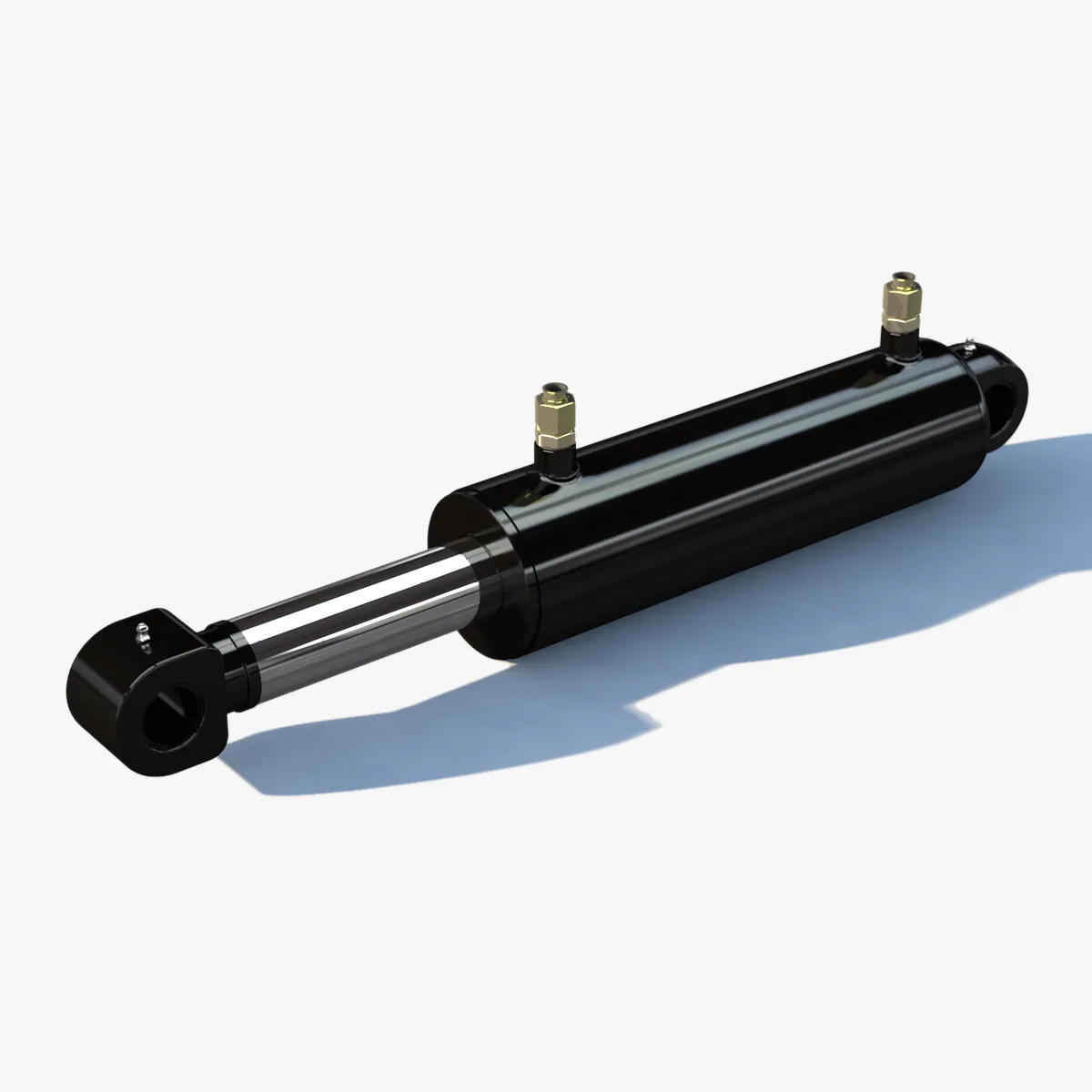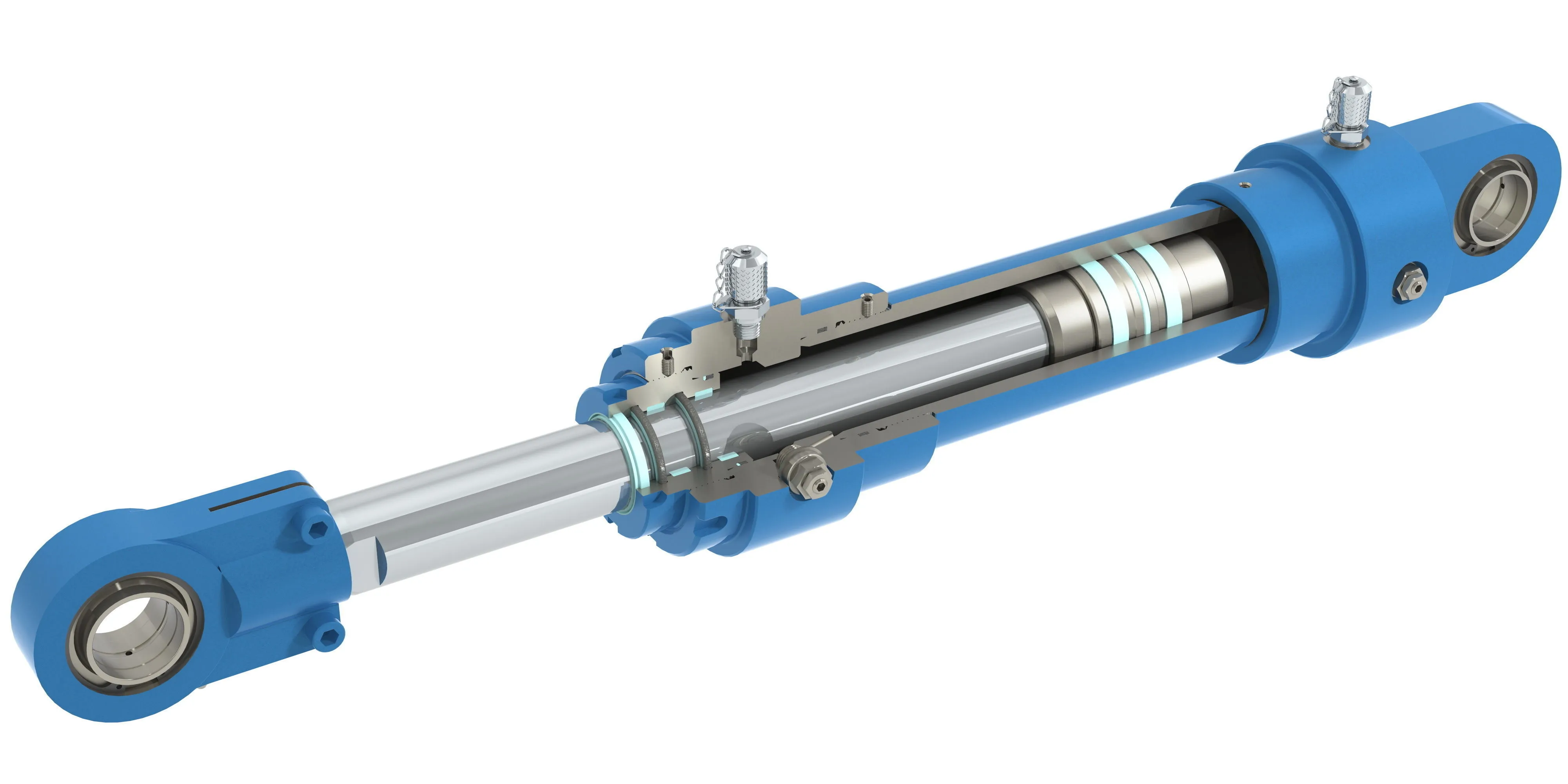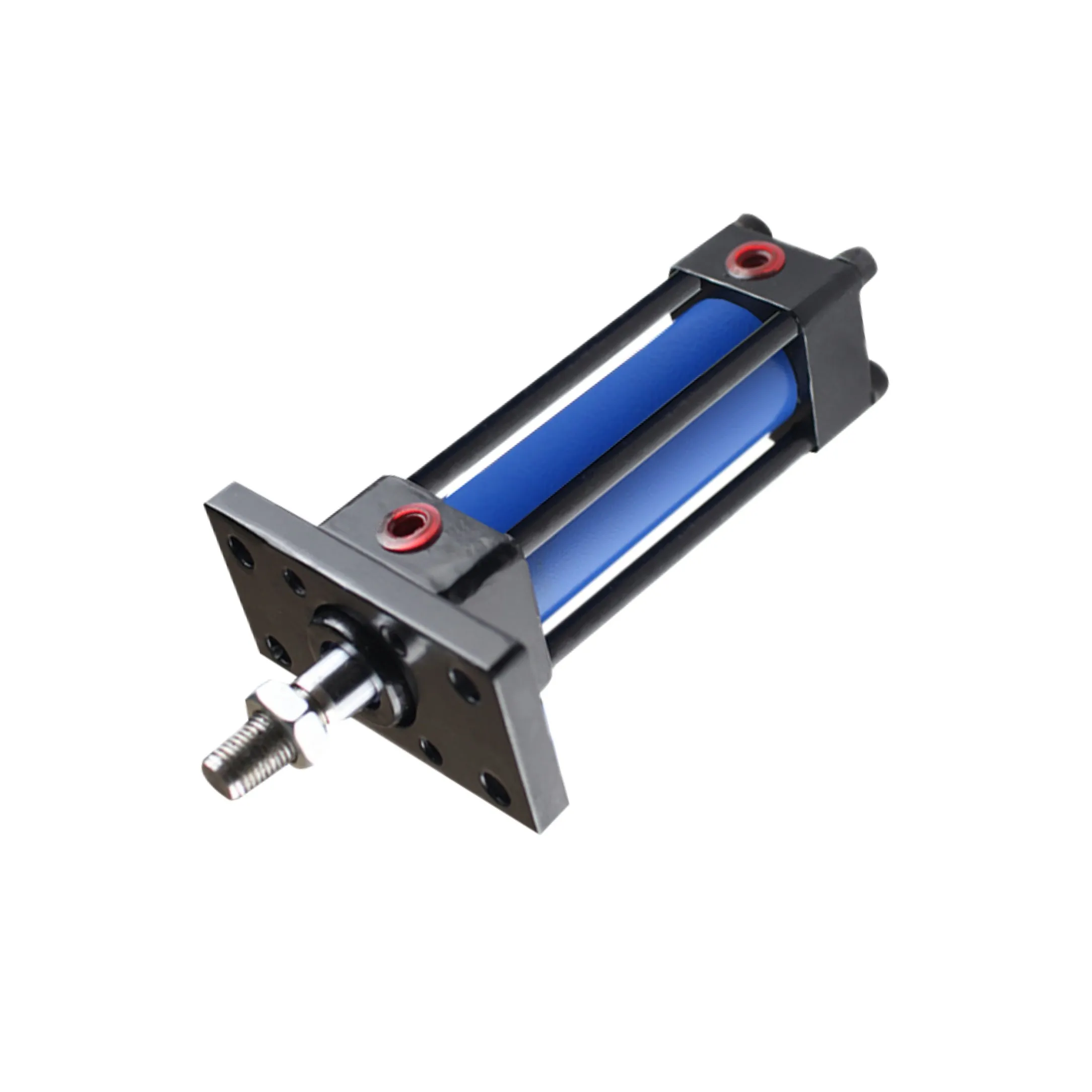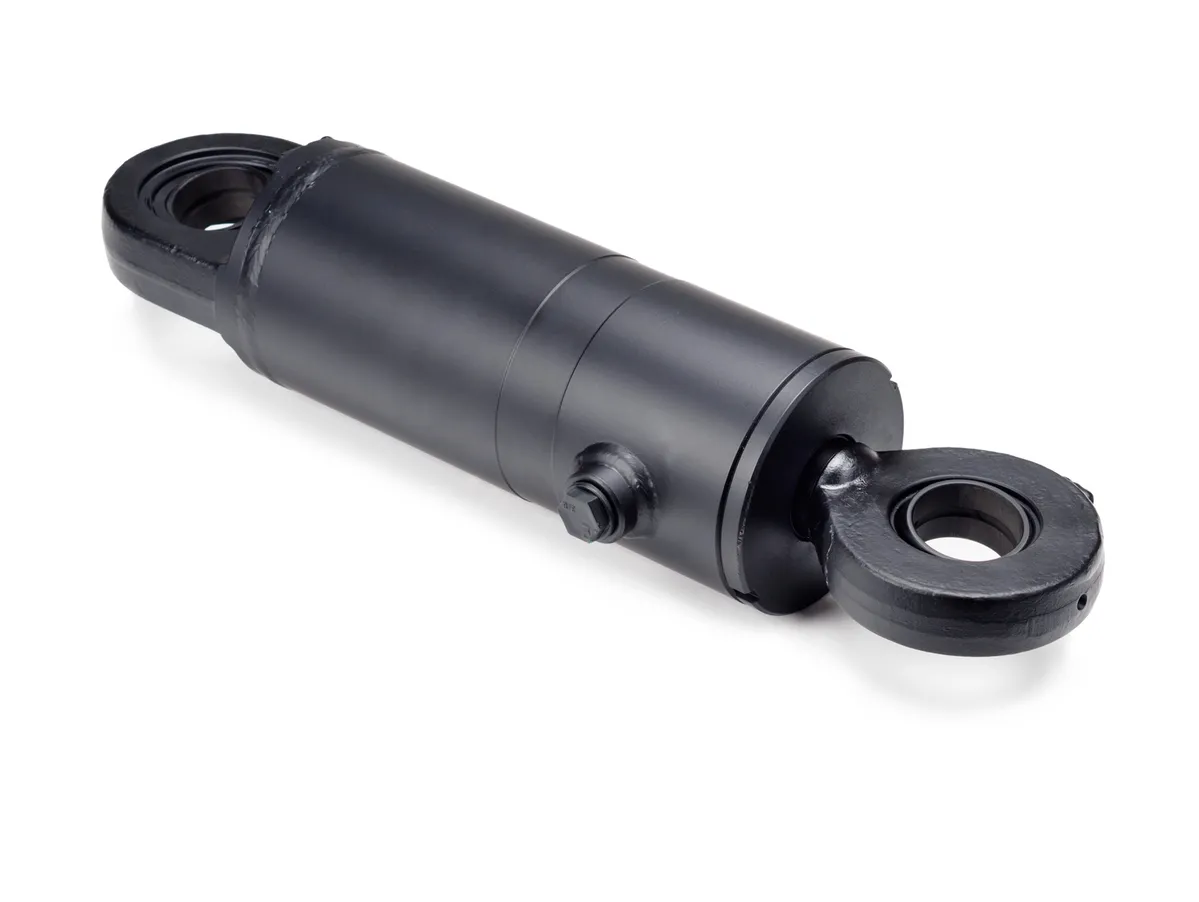
Unlocking the Potential: Understanding Locking Welded Hydraulic Cylinders
Introduction
In the realm of hydraulic system repairs and maintenance, the locking welded hydraulic cylinder plays a pivotal role. This article aims to delve into the intricacies of this essential component, from its design and construction characteristics to its working principles, types, advantages, performance characteristics, applications, and maintenance considerations.
Design and Construction Characteristics
Design Characteristics
- Locking Mechanism – Safety: The use of a specific locking device ensures safety by maintaining the load without pressure, simplifying operation for increased efficiency.
- Durable Materials – High-Strength Steel: Typically made of high-strength steel with anti-corrosion coating for enhanced durability and compression resistance.
- Compact Design – Space-Saving: Ideal for applications with limited space, offering versatility across various equipment.

Construction Characteristics
- Welded Process – Precision Welded: High-precision welding technology guarantees the strength and tightness of the cylinder block.
- Seamless Connection: Strict inspection of welded parts eliminates leaks and weaknesses.
- Easy Installation – Modular Design: Modular design facilitates easy installation and maintenance, with a standard interface for compatibility.
Working Principle
The locking welded hydraulic cylinder operates by transferring force through liquid, enabling piston movement to manage workload. A robust sealing system and pressure release mechanisms ensure efficient operation.

Types and Configurations
There are three primary types of locking welded hydraulic cylinders, each with unique configurations to suit specific applications. These cylinders vary in design, load capacity, and operational features.
Advantages
Locking welded hydraulic cylinders offer several advantages, including enhanced safety features, improved operational efficiency, and versatile applications across diverse industries. The compact design and high load capacity further contribute to their appeal.
Performance Characteristics
From the secure locking mechanism to durable materials, compact design, and high load capacity, locking welded hydraulic cylinders exhibit superior performance characteristics that elevate their functionality in various settings.
Industries and Applications
Locking welded hydraulic cylinders find widespread use in construction, agriculture, manufacturing, ships, and offshore applications. These cylinders are integral components in cranes, loaders, presses, and automation systems, showcasing their adaptability.

Design Considerations and Selection Criteria
When choosing locking welded hydraulic cylinders, it is crucial to consider factors like bearing capacity, sealing, durability, safety, and maintainability. These design considerations influence the overall performance and longevity of the cylinders.
Sealing and Lubrication
Proper sealing and lubrication are essential for the optimal functioning of locking welded hydraulic cylinders. Utilizing high-quality seals and regular lubrication maintenance ensures longevity and efficiency in operation.
Maintenance and Safety
Regular inspection and preventive maintenance measures are vital for ensuring the safety and efficacy of locking welded hydraulic cylinders. Adhering to maintenance protocols minimizes downtime and prolongs the lifespan of the cylinders.
Installation Guide
Correct installation of locking welded hydraulic cylinders is paramount to their performance. Following a step-by-step installation guide guarantees proper functionality and alignment within the hydraulic system.
Maintenance Tasks
Three key maintenance tasks for locking welded hydraulic cylinders include regular inspection, proper lubrication, and seal replacement. These tasks are integral to preserving the cylinders’ functionality and preventing potential issues.
Safety Considerations
Emphasizing safety measures and environmental factors when utilizing locking welded hydraulic cylinders is imperative for accident prevention and operational efficiency. Prioritizing safety protocols safeguards both personnel and equipment.
Fault Diagnosis and Solutions
Identifying common problems and implementing effective troubleshooting strategies for locking welded hydraulic cylinders is essential for maintaining optimal performance. Swift diagnosis and resolution of faults minimize downtime and enhance productivity.
Key Questions
1. How does the locking mechanism enhance safety during operation?
The locking mechanism ensures that the load is securely held without pressure, preventing unexpected movements and enhancing operational safety.
2. What materials are commonly used in the construction of locking welded hydraulic cylinders?
Locking welded hydraulic cylinders are typically constructed using high-strength steel with anti-corrosion coatings to enhance durability and resilience in harsh environments.
3. In which industries are locking welded hydraulic cylinders most frequently used?
Locking welded hydraulic cylinders are widely utilized in construction, agriculture, manufacturing, ships, and offshore applications due to their versatility and reliability across diverse sectors.
Long Tail Keywords
1. Precision Locking Welded Hydraulic Cylinder: This type of cylinder offers exceptional accuracy and reliability in demanding applications.
2. High-Performance Locking Welded Hydraulic Cylinder: Engineered for superior efficiency and durability, this cylinder excels in heavy-duty operations.
3. Versatile Locking Welded Hydraulic Cylinder: Designed for adaptability across various industries, this cylinder is a versatile solution for diverse applications.
Our Company
We are a leading hydraulic cylinder replacement manufacturer with a comprehensive product line catering to domestic and international markets. Our company prides itself on professional services, international certifications, customized solutions, state-of-the-art production equipment, and exceptional after-sales support.
Author: lyl
